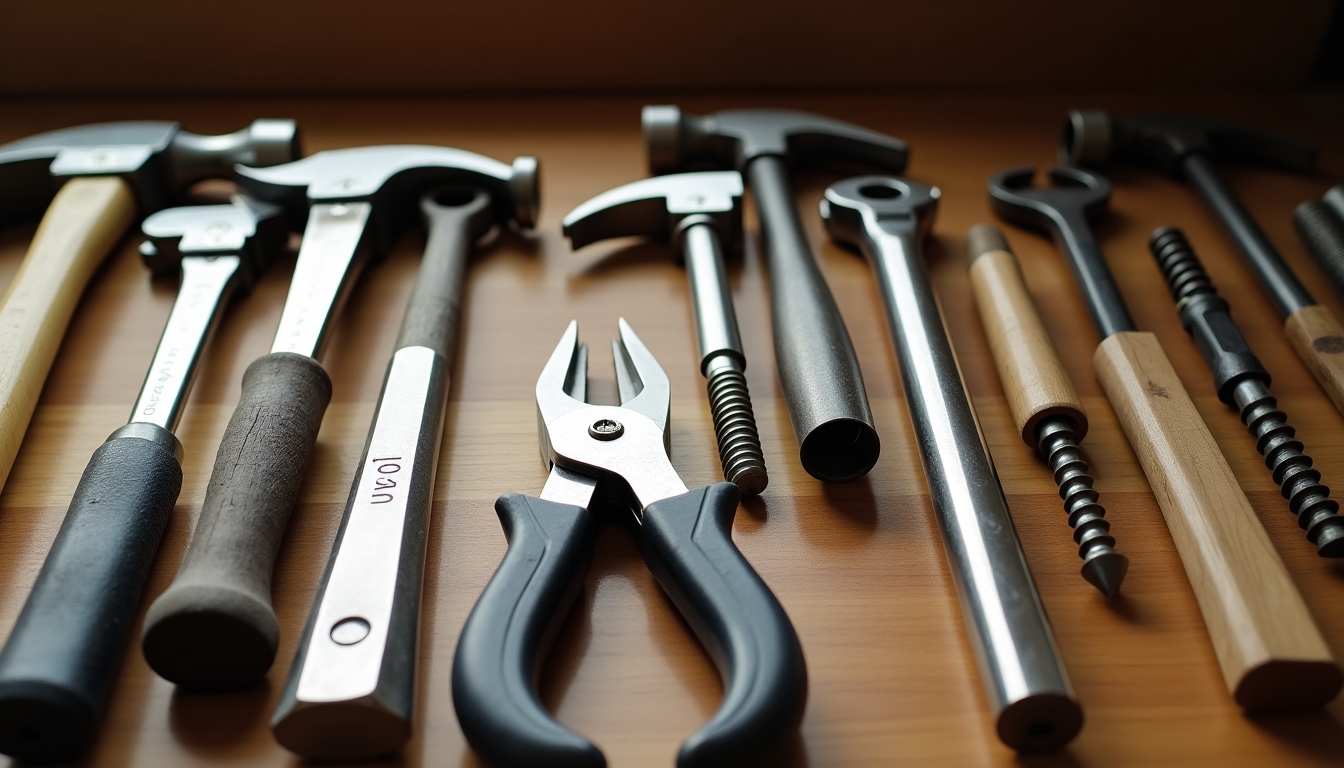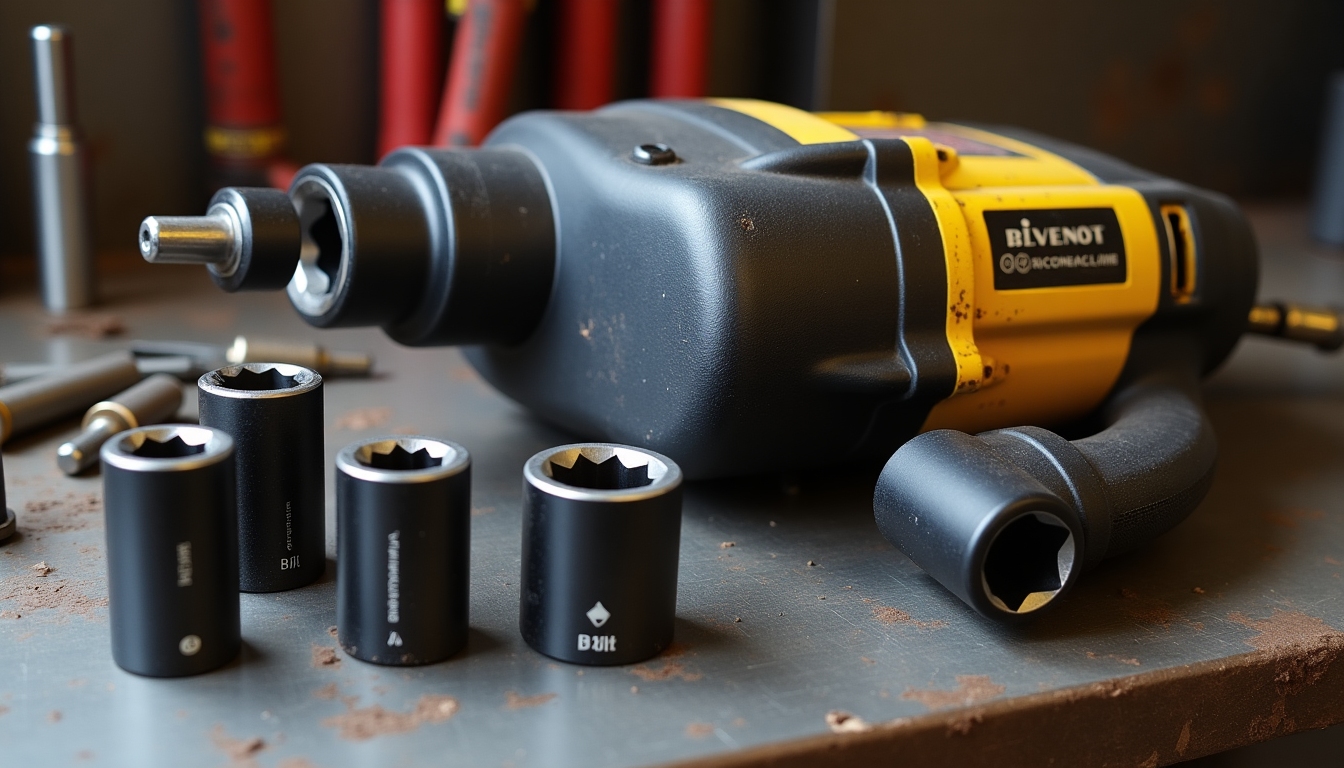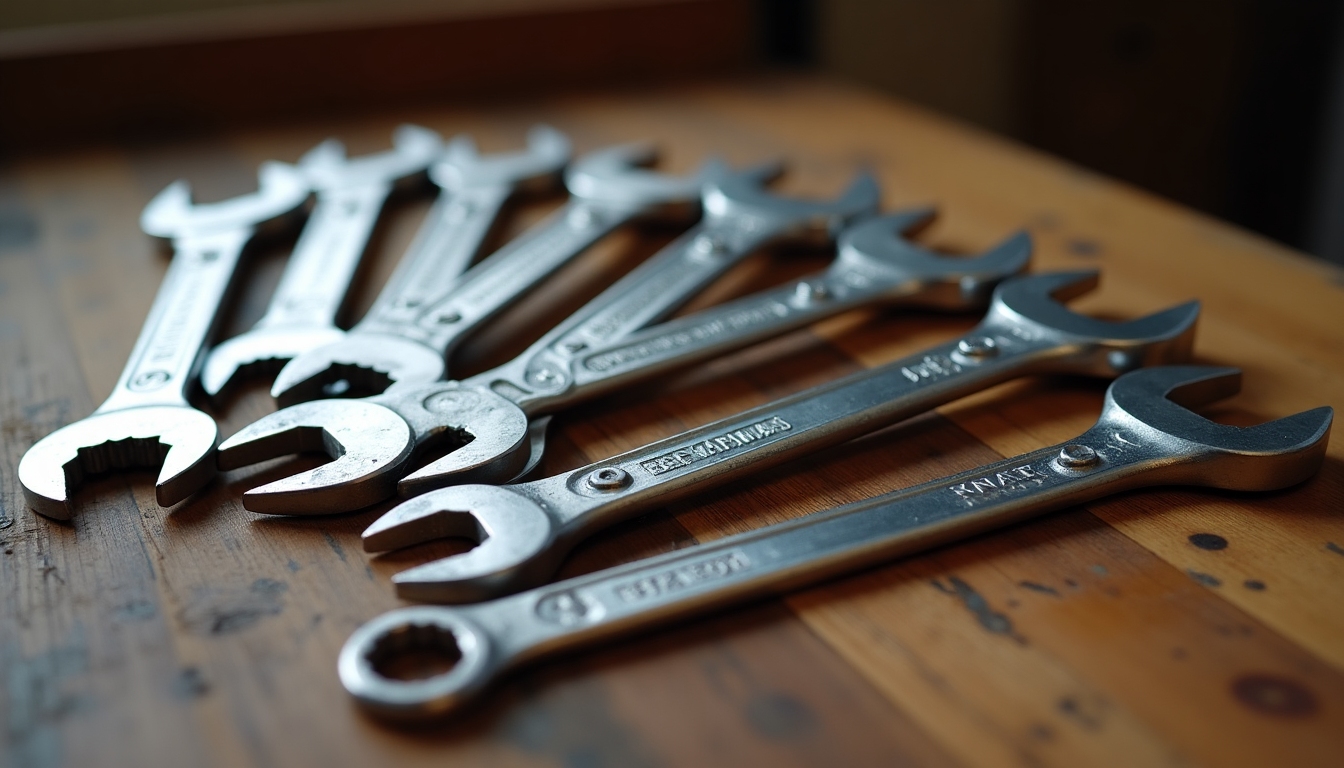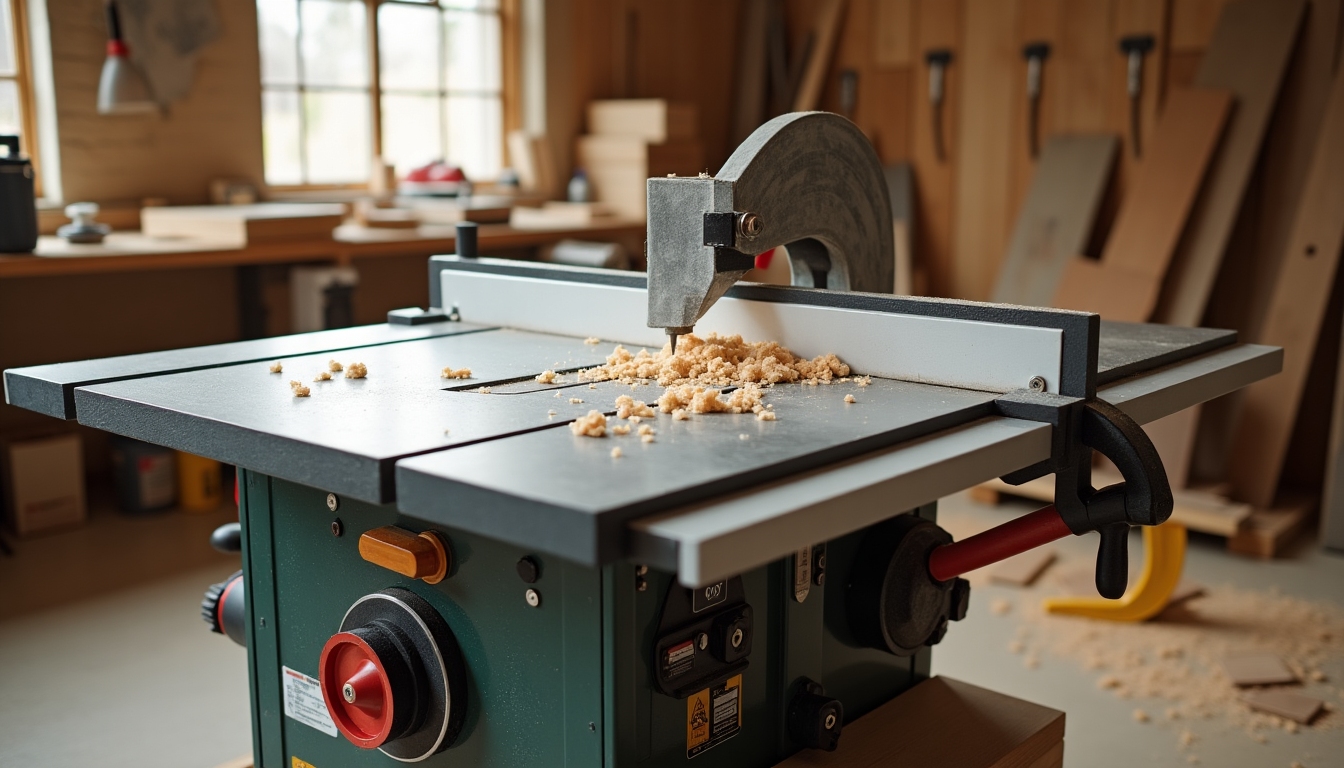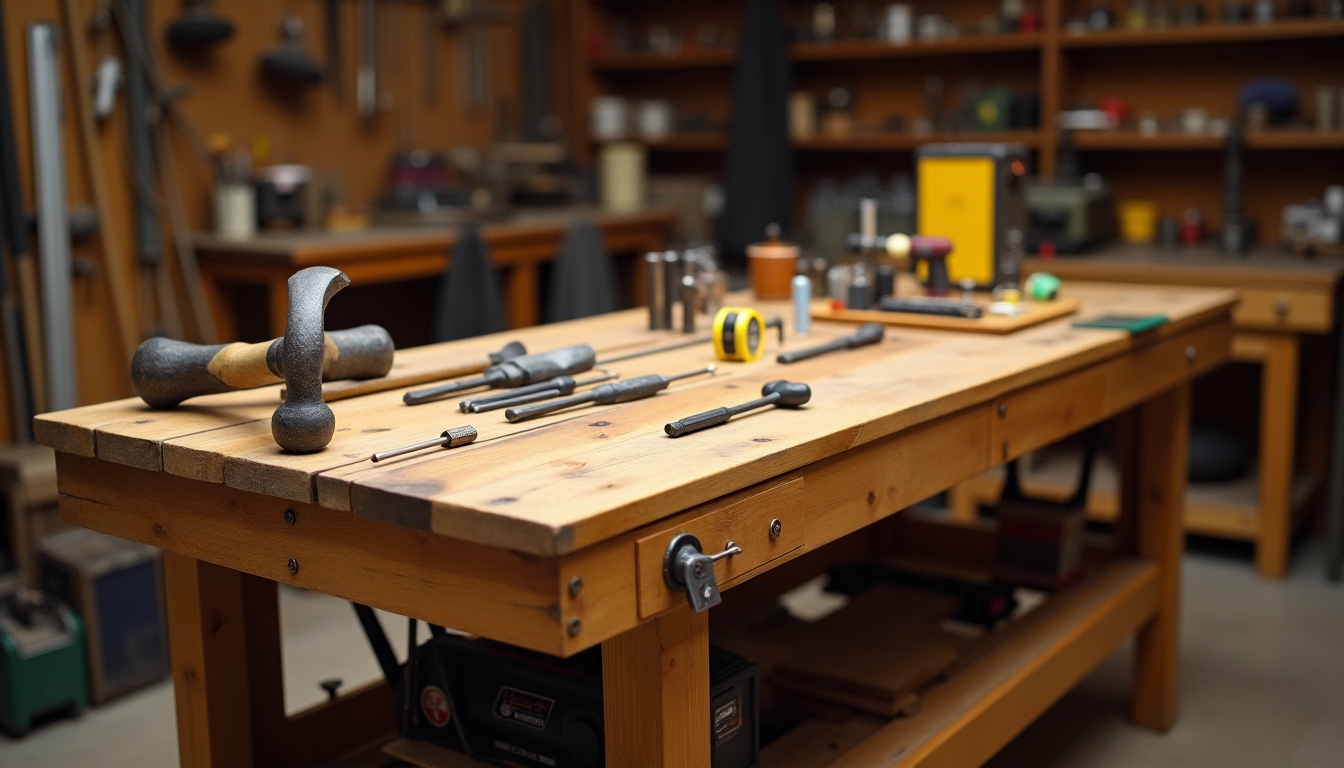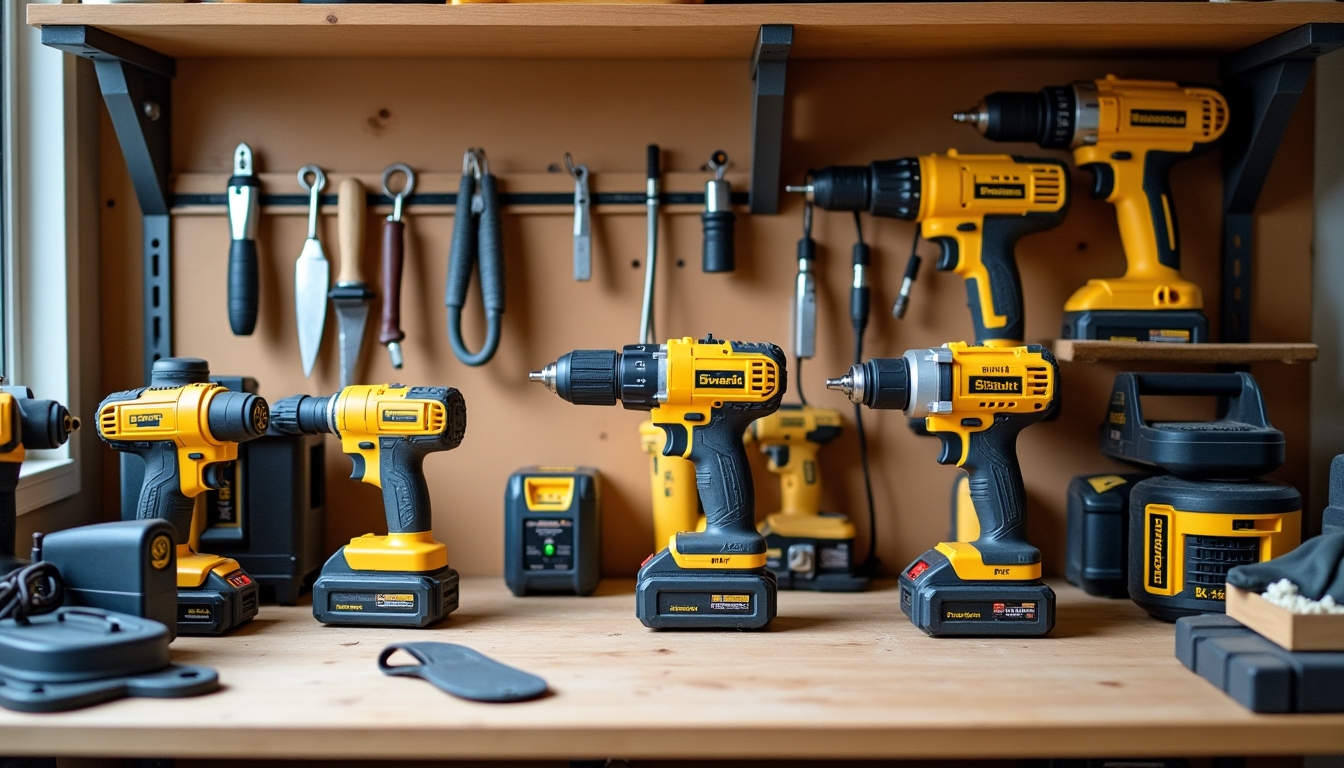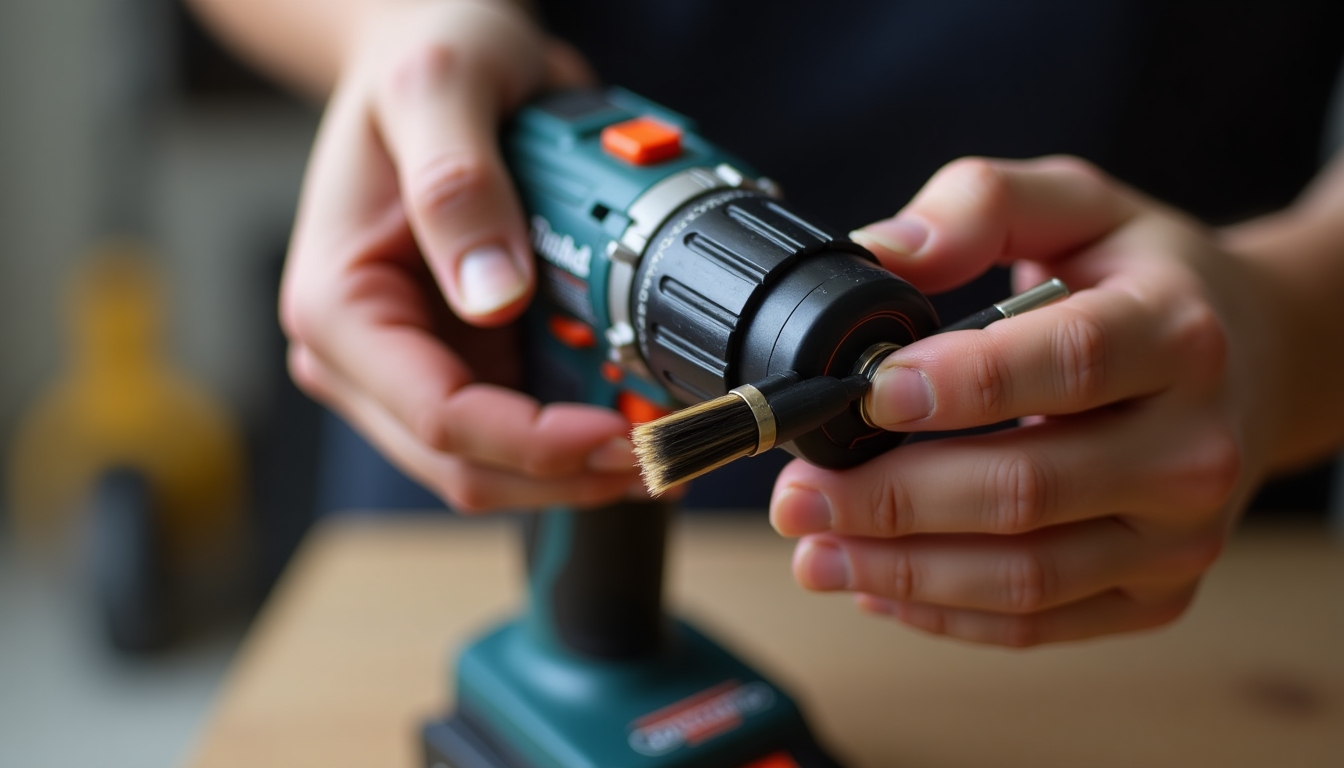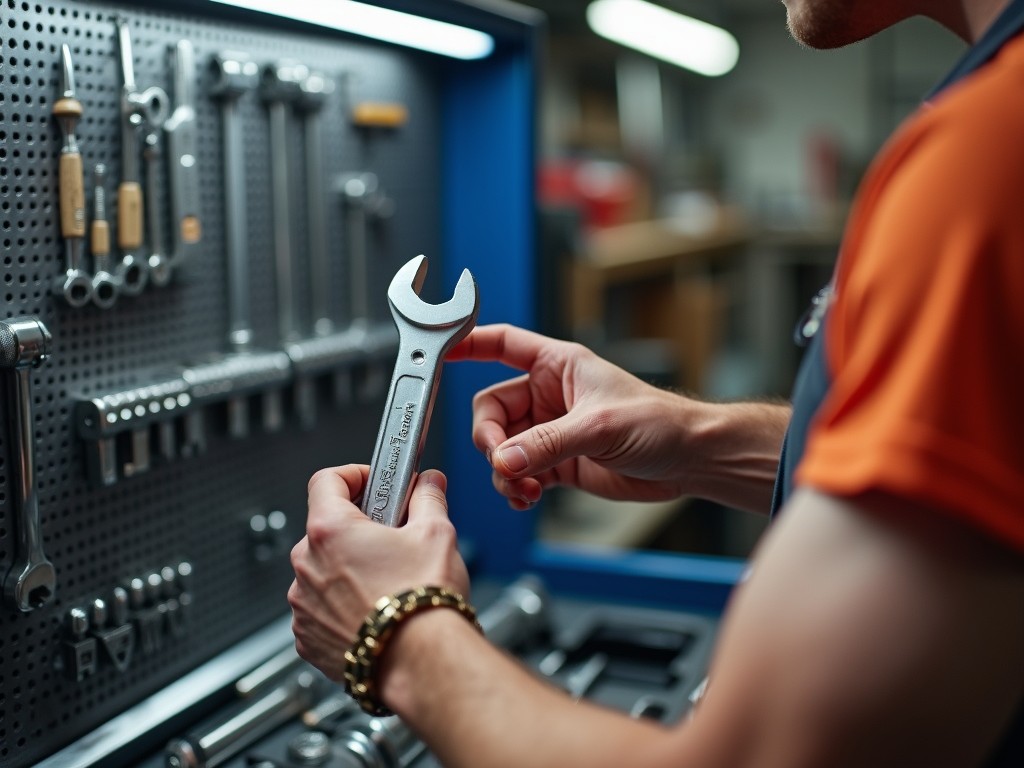Using a hammer safely involves more than just swinging it with force; it’s about precision and technique. This guide will help you master the fundamentals of how to use a hammer safely while maximizing efficiency.
Understanding Hammers
Hammers are one of the most common workman tools found in every toolbox. They come in different shapes and sizes, each suited for various tasks. Here’s how to choose the right one for your needs:
- Claw Hammer: Ideal for general carpentry and driving nails.
- Ball Peen Hammer: Used in metalworking tasks.
- Sledgehammer: Suitable for demolition projects.
Regardless of the type, ensuring you have a comfortable grip and proper balance is key to using a hammer safely.
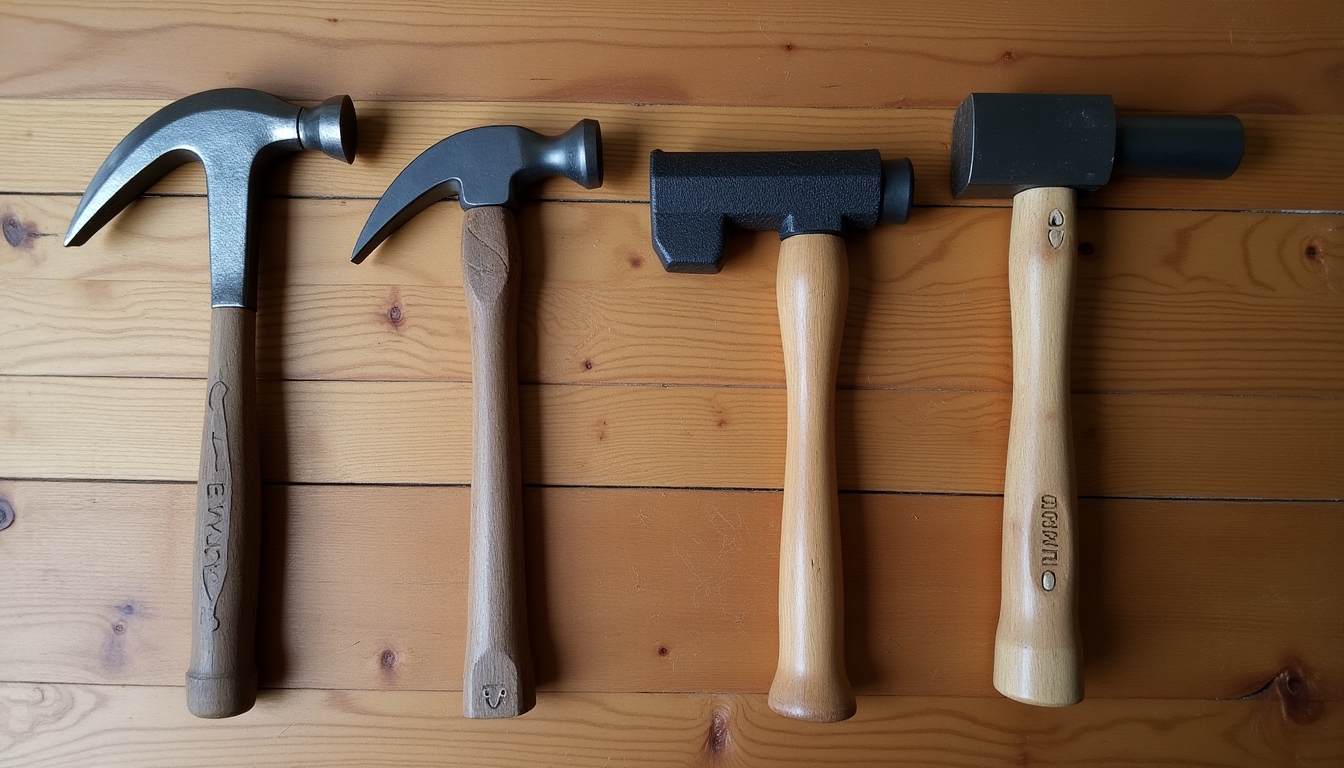
Safety Gear and Preparations
Before you begin any task with a hammer, having the right safety gear is crucial:
- Safety Goggles: Protect your eyes from flying debris.
- Gloves: Provide better grip and protect your hands.
- Ear Protection: Especially important in environments with constant loud noises.
Ensure your workspace is tidy, with enough lighting and free of tripping hazards.
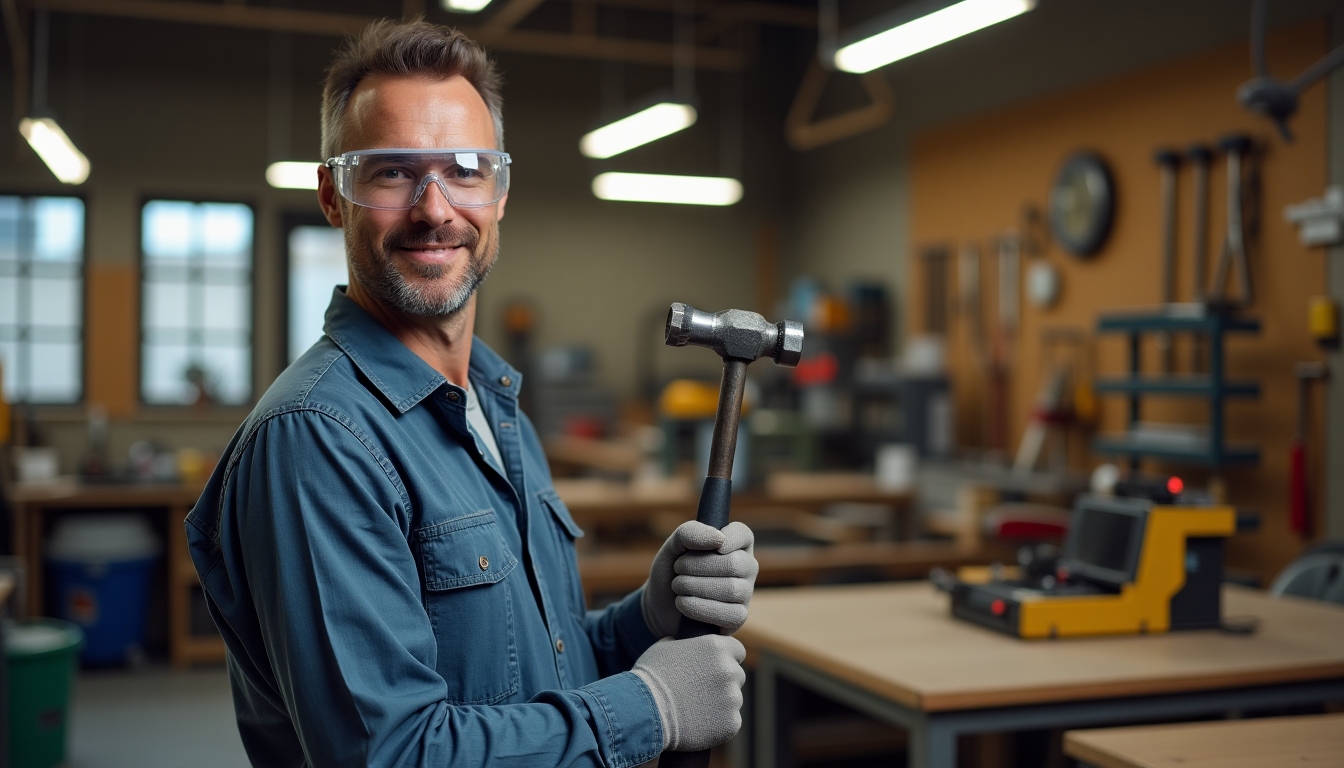
Steps on How to Use a Hammer Safely
Follow these steps to ensure you are using a hammer safely and effectively:
- Inspect the Hammer:
- Check the handle for cracks or splinters.
-
Ensure the head is securely attached.
-
Grip the Hammer Properly:
- Use your dominant hand.
-
Wrap your fingers around the handle firmly but not too tight.
-
Positioning Your Body:
- Stand with your feet shoulder-width apart.
-
Keep your back straight and shoulders relaxed.
-
Swinging the Hammer:
- Use your elbow and forearm, not your wrist, to deliver force.
-
Aim carefully and apply steady pressure.
-
Drive the Nail:
- Start with light taps to position the nail.
- Gradually increase the force as the nail is secured.
It's important to regularly rest to prevent fatigue and potential injury. Remember, practice makes perfect, so take your time to develop a steady, efficient technique.
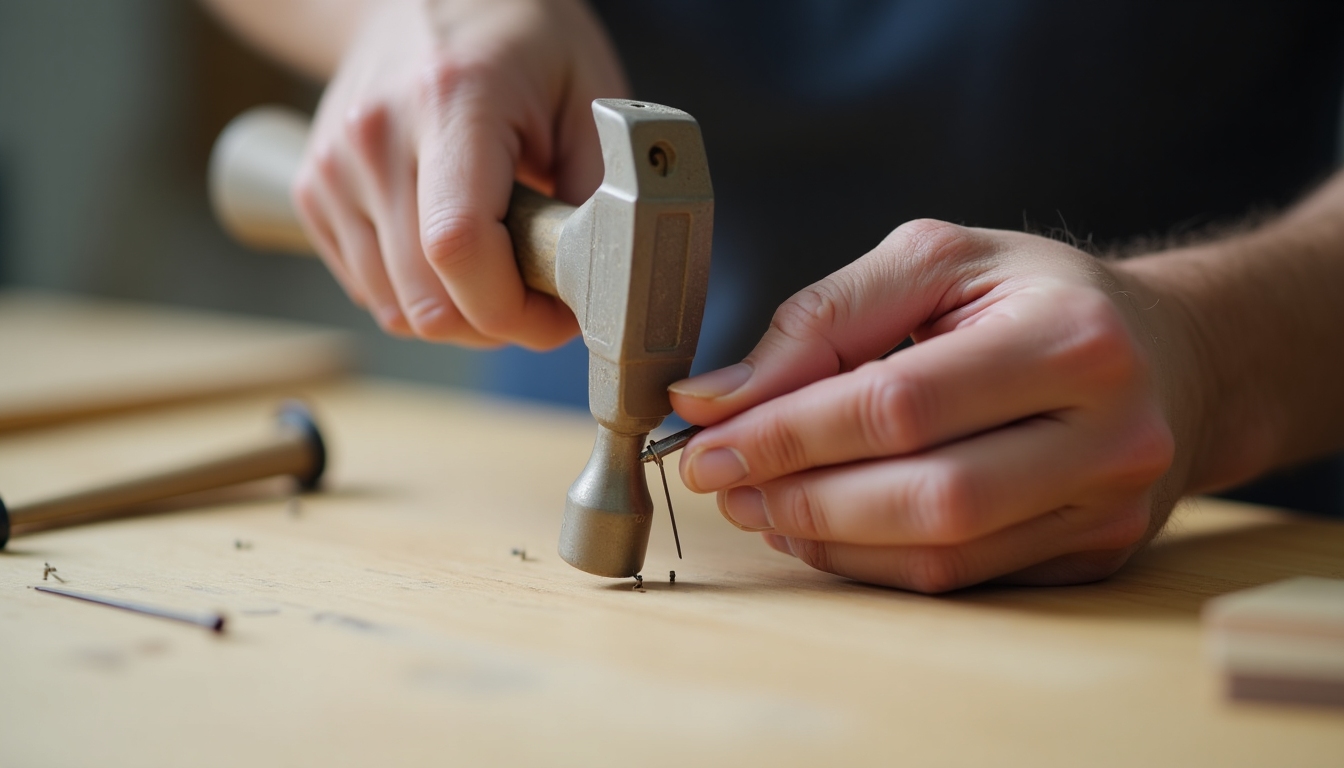
Troubleshooting Common Mistakes
Slipping Hammer Head
A common problem is the hammer head slipping off the nail. To prevent this:
- Use a nail set: Helps guide the nail direction.
- Choose the right hammer size: Larger projects require hammers with heavier heads.
Misaligned Nails
When nails bend or go in at an angle, it often leads to increased frustration:
- Use both hands: Start using your non-dominant hand to align the nail.
- Reposition: Don’t force in a badly aligned nail; instead, remove it and start over.
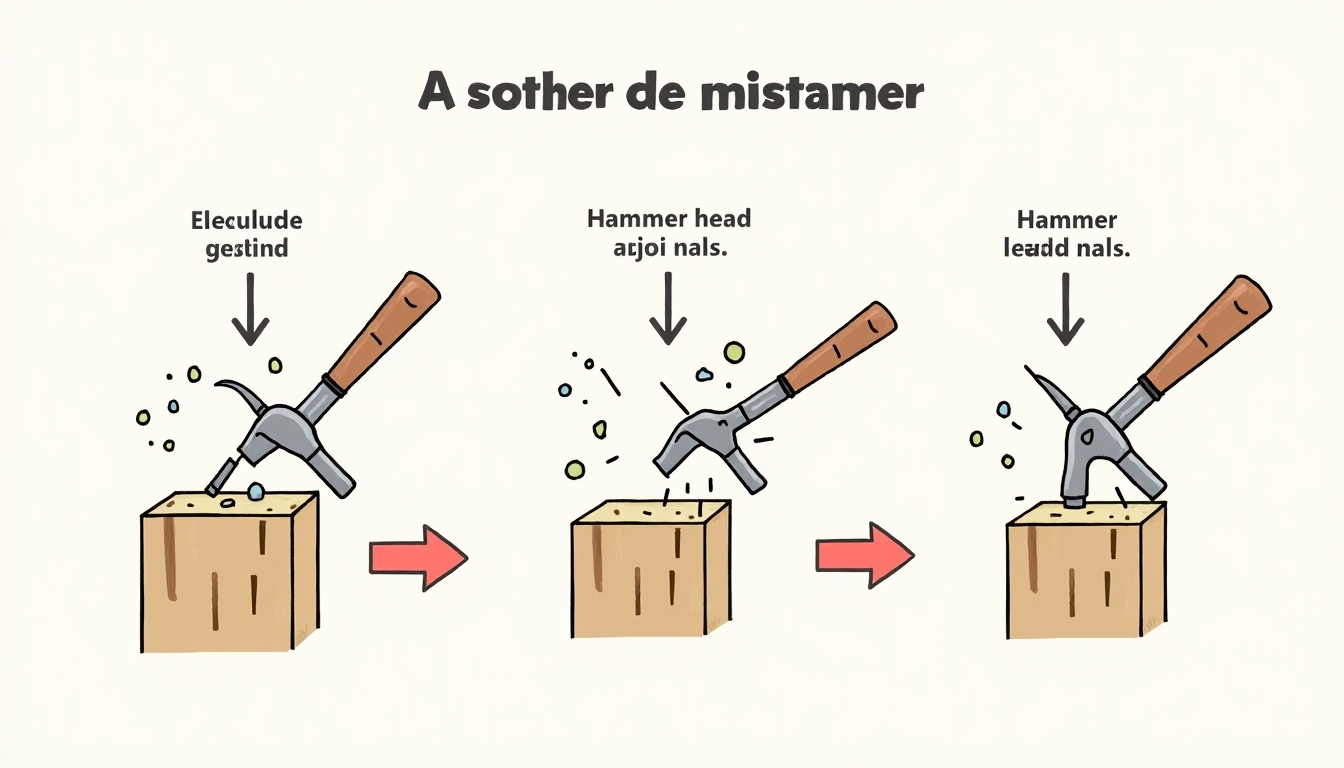
Maintaining Your Hammer
Maintaining your hammer prolongs its life and keeps it safe to use:
- Regularly Check for Wear: Inspect the hammer before and after each use.
- Clean After Use: Wipe down with a cloth to remove debris.
- Store Properly: Keep in a dry place to prevent rust.
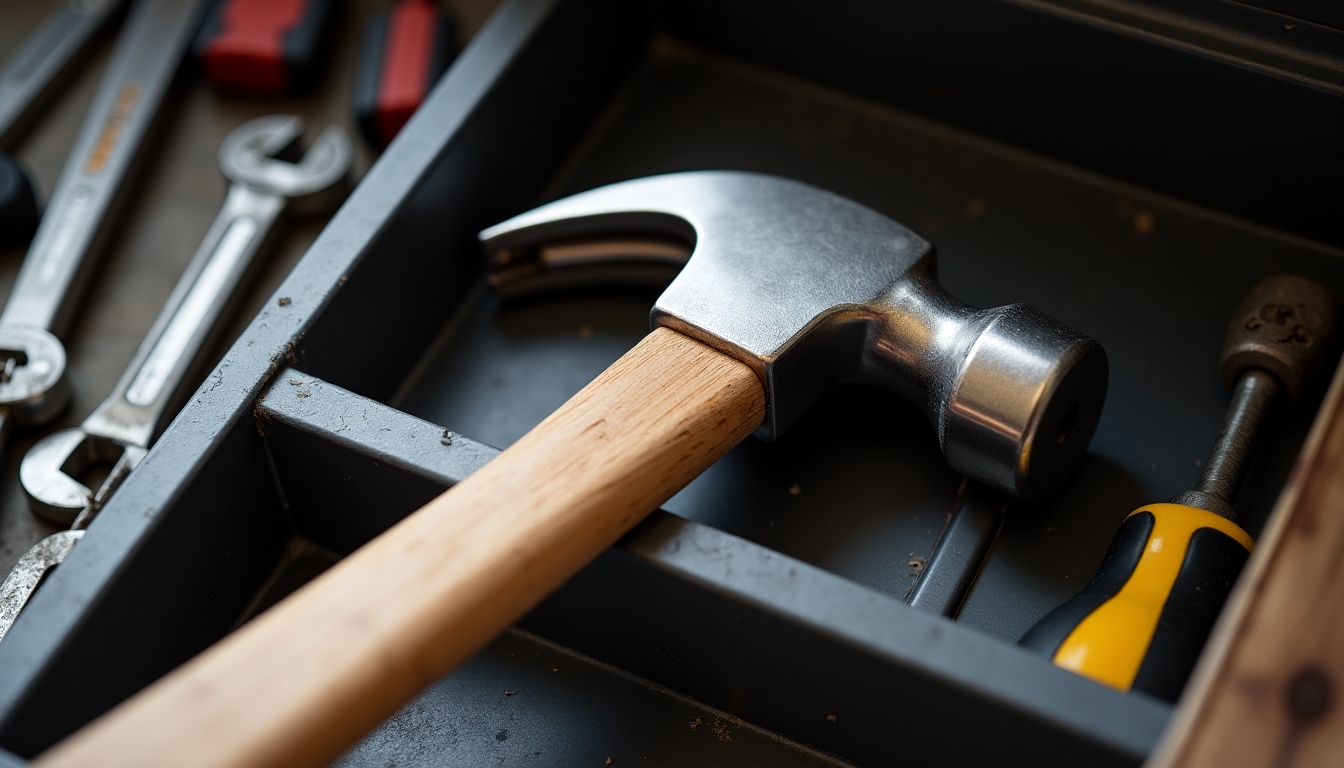
Conclusion
Using a hammer safely is an essential skill, whether you're a professional carpenter or a DIY enthusiast. With these tips, you can approach your projects with confidence and care. Remember to prioritize safety and keep practicing to perfect your technique.
Related how to use a hammer safely:
- Comprehensive Guide to Workman Tools for Everyday Use
- The Ultimate Guide to Workman Tools for Professional Builders
- Ultimate Guide to Power Tools for Automotive Repair
- The Best Wrenches for Mechanics: Enhance Your Toolkit with Quality and Precision
- The Best Ratcheting Wrenches for Fast Repairs
- Exploring Tablesaws with Advanced Safety Mechanisms
- Tool Organization Tips for Painters
- Essential Tools for Every Workman's Toolbox
- Power Tool Safety: Ensuring a Secure Work Environment
- Power Tools Maintenance Tips: Keep Your Kit Sharp
- Mastering Power Tools for Precision Drilling
- Ergonomic Wrenches for Reducing Hand Strain
